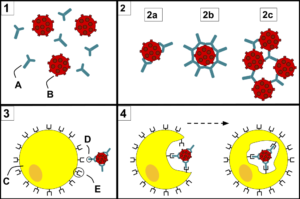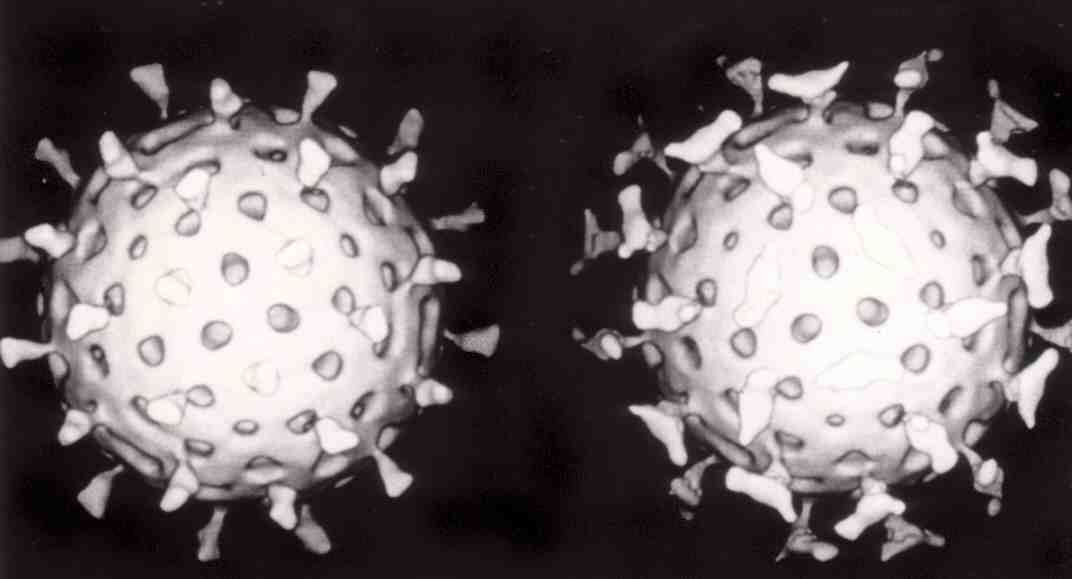
A common sight as I write this.
Rollin’ Dem Dice
At this writing, we’re in the middle of the COVID-19 pandemic, caused by the Severe Acute Respiratory Syndrome Coronovirus #2, or “SARS-CoV2.” My brother does a good job of discussing that over here; click the link and have at it.
It has been a while since I have emitted a screed. This resulted from my own research into the body’s defenses against germs, viruses and other nasties. I was surprised at how much the medical folks have learned about this in the past couple of decades.
(That doesn’t make me an expert by any stretch. As usual, I shall disclaim: I’m gonna give you a broad, totally-inaccurate overview that will help you understand principles and behavior, not the hard science.)
Take two people, both healthy, both about the same age, who are exposed to the SARS-CoV2 virus. Why is it that one might become very sick, while the other soon shakes it off with nothing worse than a cough and some achy joints — or maybe even with no symptoms at all (the so-called “asymptomatic dude or dudess”)?
That question intrigued me, so I went looking for answers. In the process, I learned more than I ever expected to. Read on.

In the USA, people hoard toilet paper. In
Halifax, NS, they hoard tasty, tasty beans.
Proteins And Molecules And Stuff
At the microscopic level inside your body, it’s all chemistry. You learned in school that atoms combine to form molecules. The physics behind this fascinates me: electron shells, ionization, and all that. It would probably bore you, so I’ll just hit the highlights.
DNA and RNA are long strands of relatively-simple molecules, in a certain order, that each attract specific amino acids. Proteins are then assembled from these amino acids, in order, in long chains. (The actual process is way more complicated than that, but that’ll do.)
Some proteins can attract other specific proteins. They fit together like lock and key, or like fingers in a glove. These may also be broken back apart in a complex dance involving other chemicals (including enzymes).
Our body uses different chemicals to send signals: “make more of this,” or “hold off, got too much of that.” A group called cytokines, which includes interferons (so-called because they can “interfere” with viral replication) are part of our body’s immune response.
 Way down at the microscopic
Way down at the microscopic
level, you are … chemicals.
Why Do I Get Sick?
Some of this is kind of yucky. (And you can thank me later for not posting a picture of a bacteriophage, a type of virus that attacks bacteria. Some of those things look like creepy little robots. Or insects. With heads and feet. Eww.)
Again, without getting way off into the weeds: some bacterial infections such as strep and staph make you sick(er) because of the toxins that they emit. One variant of strep is responsible for the so-called “flesh-eating bacteria.” The toxin will literally kill the cells in your skin. The toxin emitted by staphylococcus aureus is a common cause of food-borne illness.
Bacteria replicate just like most other cells, by dividing into two new ones. Some do this quickly, some not as quickly. It goes without saying that the faster they multiply, the more dangerous they are.
Viruses are different:
 Hepatitis-C replicating, from left to right.
Hepatitis-C replicating, from left to right.
While some emit (or cause) toxins, as my brother pointed out (see link above), they’re not really alive. Further, they’re beyond stupid. They’re not even self-aware enough to know what “stupid” is.
Viruses are tiny little chemical machines that have only one purpose: to reproduce. They can’ t do this on their own, so they have to hijack a living cell for the purpose (see above).
Coronaviruses are covered with little spikes (which look like a “corona” under a microscope, whence the name). The spikes on the SARS-CoV2 virus are especially attracted to an enzyme called ACE2 … and there’s lots of this in your lungs (ah!). These also help regulate blood pressure (ah ha!), which is why COVID-19 can cause dangerous hypertension.
Once it attaches, the spike dissolves the cell wall and injects RNA strands inside the cell. These take over the cell’s machinery, cranking out zillions of additional viruses, ultimately killing the host cell.
 SARS-CoV2 viruses escaping from a cell
SARS-CoV2 viruses escaping from a cell
that they’ve just finished killing. Ewwww.
“Hey, What Are You Doing Here?”
Here’s a link to a detailed discussion of your body’s defensive system at Wikipedia. There are two systems: the “innate” system, which just finds and kills things that don’t match what it expects to see, and the “adaptive,” which learns and tailors a response for each germ that invades your body. I’m focusing on the adaptive system here. (It’s more fun.)
If a virus invades your body, it will eventually meet one of your defensive cells. These typically release signaling chemicals: “I’m under attack!” Antibodies (also called immunoglobulin) will be created, specially tailored for that virus. These drift around, sticking when they hit a specific protein (called an “antigen” in this case) on the virus.
Antibodies are little Y-shaped proteins that work in several ways (see below). If there are plenty available (1A), they’ll attach to the spikes on the virus (1B), preventing it from attaching to your cells in the first place (2B shows a “surrounded” virus.) The free end of the Y-shaped antibody contains a protein that attracts a white blood cell. The white cell eats Bad Guy (3 and 4) then digests his butt. (Heh, heh!)
If you become infected, your body will create antibodies that are specifically attracted to SARS-CoV2. This is why some medical professionals are collecting blood plasma from people who’ve recovered from COVID-19. The plasma has the antibodies in it, ready to go to work.
 Literally. Yes, eat. Omm, nom, nom!
Literally. Yes, eat. Omm, nom, nom!
So …
There are a lot of things that will determine whether you get sick from exposure to SARS-CoV2. The “dose” of the virus is one thing; if you stay away from sick people, you are far less likely to get a large number of the varmints at one time. But what if you only receive a small “dose?” Someone coughs several feet away, you rush through that cloud of viruses — then immediately go wash your face and hands.
That could be a win-win; your body’s defenses very quickly kill the relatively-small number of viruses that made it inside, and now, you have the antibodies. You don’t get very sick (if at all). I DO NOT recommend that you try to do this on purpose — how can you judge what the correct “dose” would be? But maybe this so-called “self-vaccination” is one part of (equally so-called) “herd immunity.”
That’s one scenario; there are zillions. Some people have weak immune systems. Some get a huge “dose” of the virus, their body’s defenses don’t respond quickly enough, and soon, the SARS-CoV2 is wreaking havoc.
Let me close by disclaiming again: the above is horribly inaccurate and vastly oversimplified. But it’ll give you an idea. And there’s an important spiritual point to be made: the “randomness” in the way that this works means that you do need to pray. Pray specifically that God increases the immune response, and don’t put him to a “foolish test” by deliberately kissing someone with a fever and a bad cough!

A better view of antibodies at work: a normal
rotavirus to the left; the one to the right has
been covered with Y-shaped antibodies.
Nuff Zedd!
